Undersea cables are the arteries of the internet, carrying data between continents and underpinning the global digital economy .
Submarine cables are made up of tightly bundled fiber optic cables wrapped in layers of rigid plastic or steel wire. They can be damaged by fishing boats or anchors dragging along the ocean floor. However, sometimes submarine cables are deliberately sabotaged.
The importance of submarine optical cables
Undersea cables act as conduits that allow people to send emails, post photos on social media, video chat, make payments, stream movies and access artificial intelligence services like ChatGPT.
Businesses and governments rely on them to communicate, deliver public services, make payments, manage supply chains, and much more.
Even as satellite internet services like Elon Musk's Starlink are growing rapidly, more than 95% of global data traffic still travels over undersea cables, according to the International Cable Protection Committee.
Who protects the submarine cables?
The owners of the undersea cables are responsible for maintaining and securing the network. These can be telecommunications companies or large technology companies like Alphabet and Meta Platforms.
To minimize disruptions caused by submarine cable failures, they often install more than one cable along the route or enter into agreements with other cable owners to provide backup capacity.
If a subsea cable fails, owners and cable lessees can often switch traffic to another cable relatively easily and send ships to the affected area to investigate and make repairs.
If there are signs of sabotage, law enforcement and national security agencies will get involved.
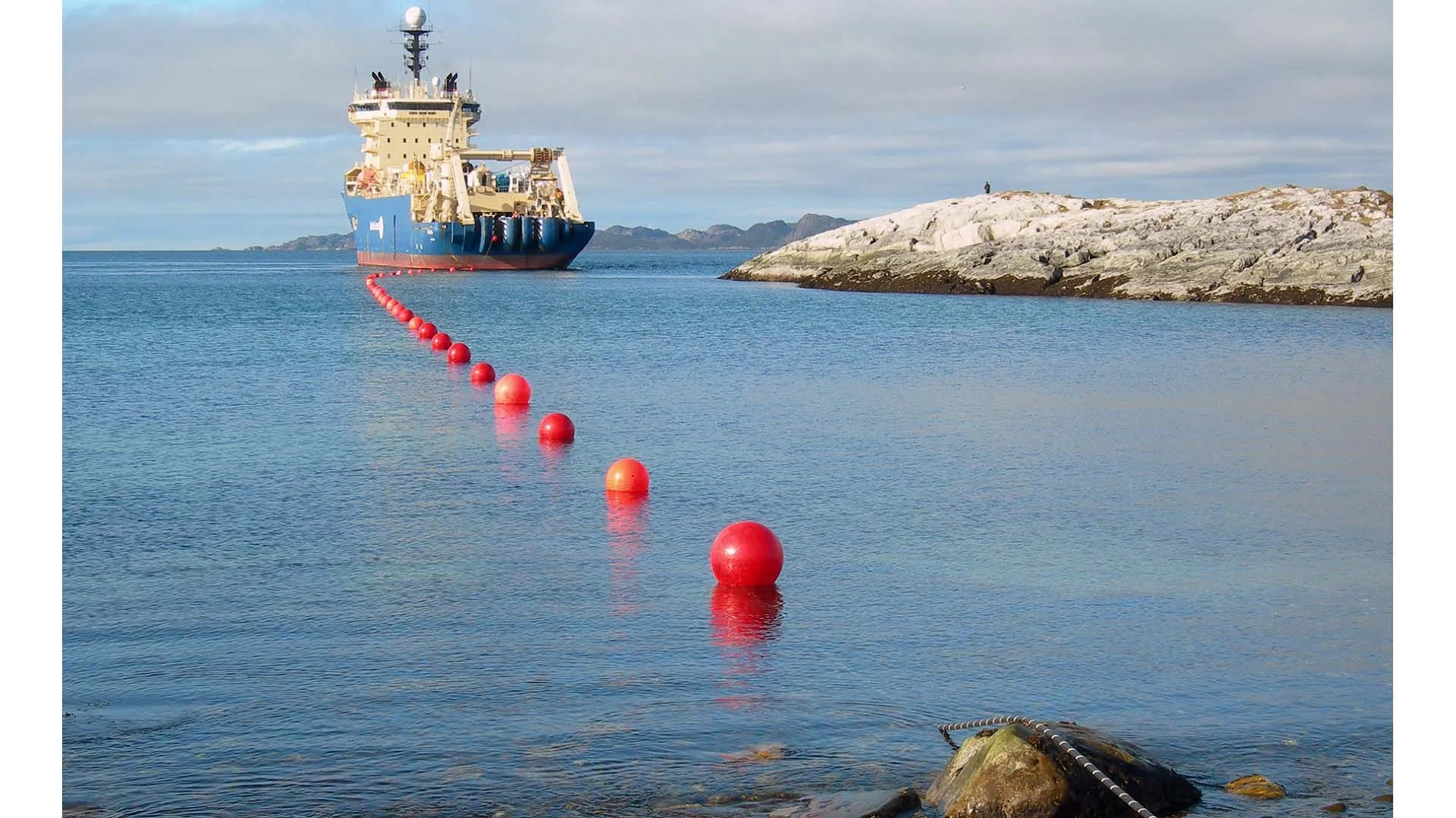
Cable owners are now focusing on adding capacity to reduce dependence on a single undersea cable. They also provide maps of cable routes to fishing companies and track vessel movements using satellite imagery and ship tracking signals, in some cases issuing warnings to vessels that get too close.
Government agencies have also been playing a larger role in protecting cables. The US military closely monitors shipping near cables and pipelines.
Ten European countries are cooperating to monitor activity in the Baltic and North Seas, including deploying warships to patrol for saboteurs.
Weaknesses of submarine cables
Modern cables are often buried on the seabed during installation. But tidal changes can make them more susceptible to becoming entangled – often by anchors or fishing gear.
The greatest risk is along shipping lanes such as the Red Sea and the Strait of Malacca, where many cables are concentrated in relatively shallow waters, making accidents more likely.
Island nations or places with limited connectivity are hit hardest when cables fail because even a single fault can completely cut off internet services.
Do submarine cables break often?
There are about 200 incidents involving undersea cables each year, mostly caused by fishing activities such as trawling, according to data from the International Cable Protection Committee.
For example, in October 2022, after a fishing boat damaged a cable, Shetland Islanders were left without internet access, phone service, and credit card payments for a day.
In March, the anchor of the Rubymar cargo ship caused serious damage to three undersea cables in the Red Sea after being hit by a Houthi missile.
In mid-November, two undersea cables in the Baltic Sea were severed, one connecting Finland with Germany, the other connecting Lithuania and Sweden.
European officials suspect sabotage, while some US officials believe the cause was the anchor of a passing ship.
Seismic events such as underwater earthquakes and rockslides are also a cause.
In March, an earthquake destroyed several West African cables, severely disrupting internet connections in several countries including Ivory Coast, Liberia and Benin.
The outage caused a capacity crunch in the region and took weeks to fix, as telecoms providers desperately searched for alternatives.
(According to Bloomberg)
Source: https://vietnamnet.vn/tai-sao-cap-bien-la-muc-tieu-hap-dan-cho-nhung-ke-pha-hoai-2344109.html


![[Photo] Prime Minister Pham Minh Chinh meets with South African President Matamela Cyril Ramaphosa](https://vphoto.vietnam.vn/thumb/1200x675/vietnam/resource/IMAGE/2025/10/23/1761226081024_dsc-9845-jpg.webp)



![[Photo] President Luong Cuong holds talks with South African President Matamela Cyril Ramaphosa](https://vphoto.vietnam.vn/thumb/1200x675/vietnam/resource/IMAGE/2025/10/23/1761221878741_ndo_br_1-8416-jpg.webp)
![[Photo] Prime Minister Pham Minh Chinh chairs meeting on railway projects](https://vphoto.vietnam.vn/thumb/1200x675/vietnam/resource/IMAGE/2025/10/23/1761206277171_dsc-9703-jpg.webp)






![[Video] Viettel officially puts into operation the largest submarine optical cable line in Vietnam](https://vphoto.vietnam.vn/thumb/402x226/vietnam/resource/IMAGE/2025/4/17/f19008c6010c4a538cc422cb791ca0a1)



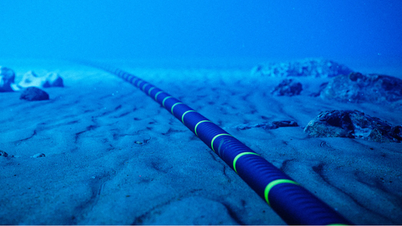




























































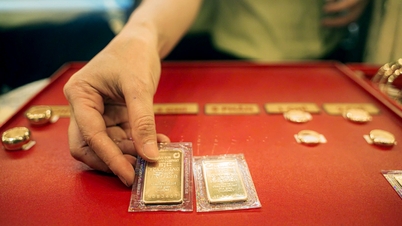









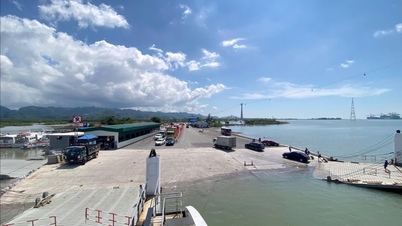




















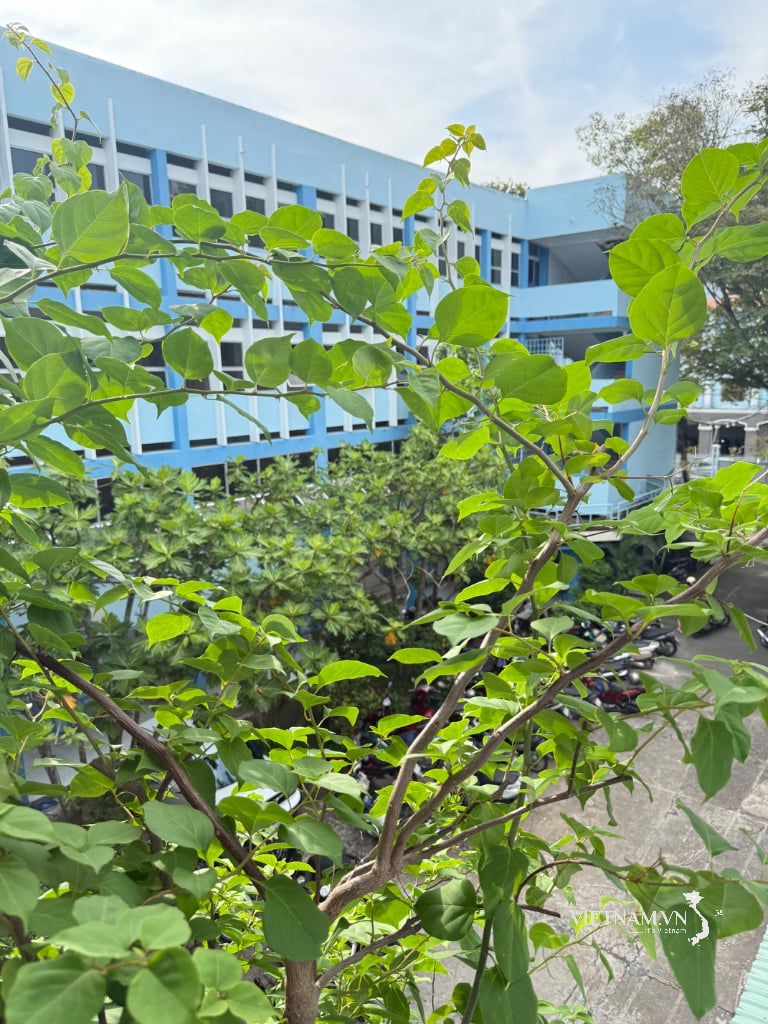



Comment (0)